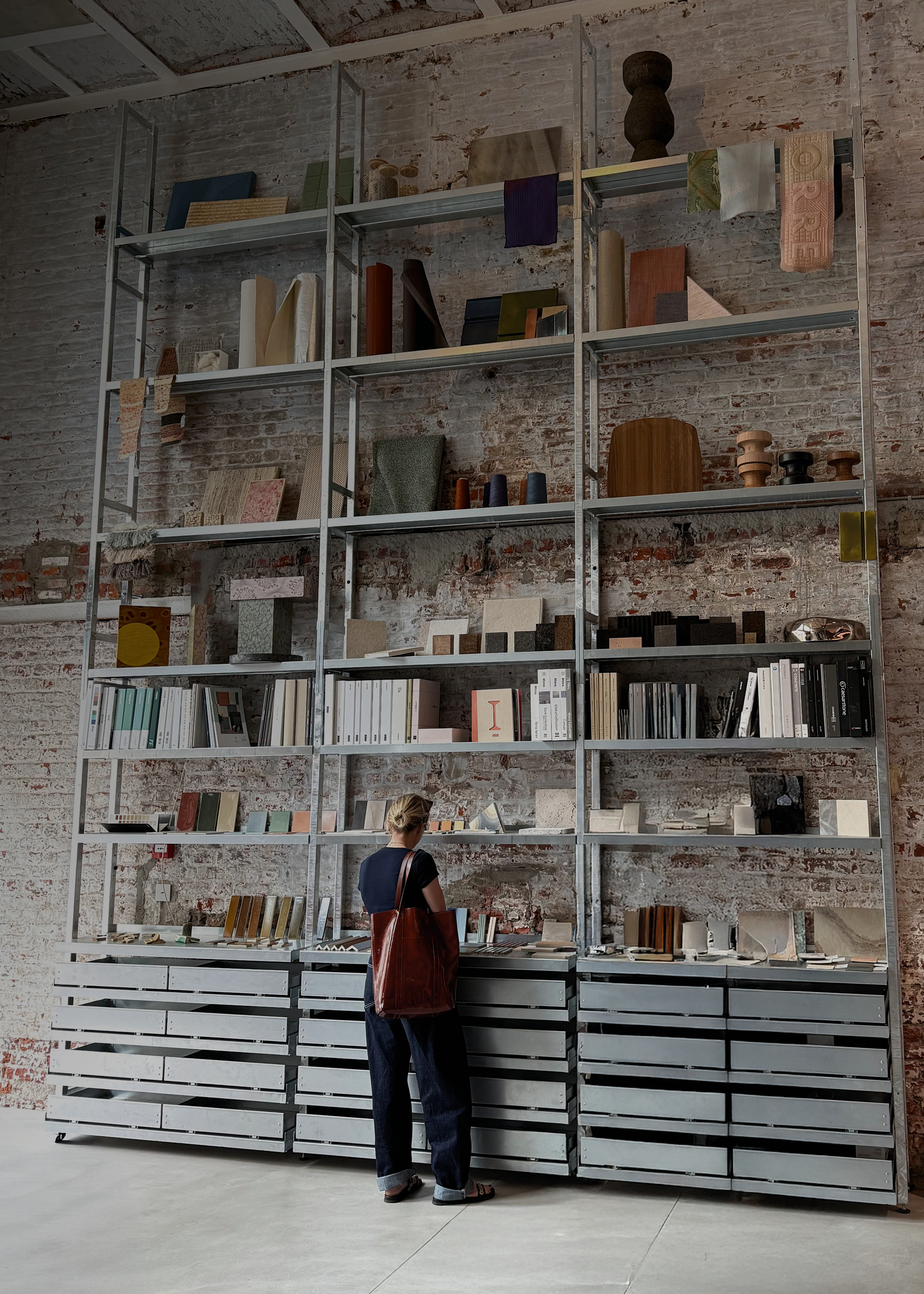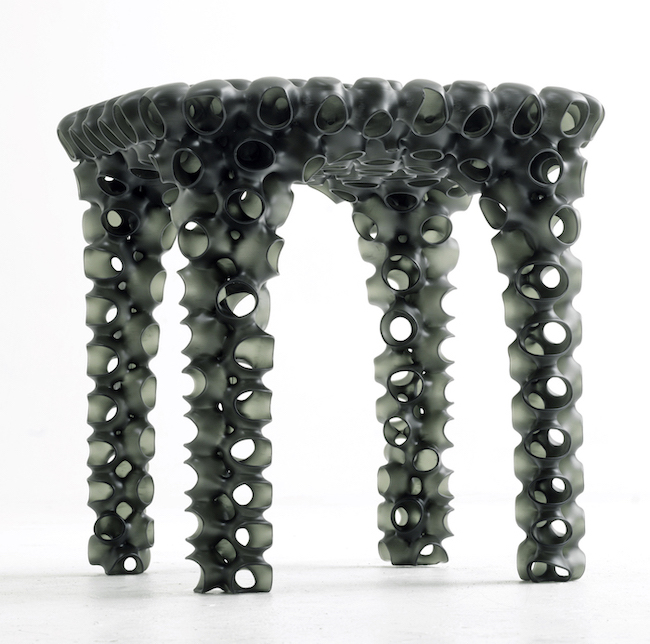From - To
11.09 4.11
Place
Harmon House
EXHIBITIONS
Spherene Side Table
About
With his latest Spherene Side Tables, Belgian designer Peter Donders continues to build on his oeuvre in which craftsmanship, technology and nature go hand in hand.
For this design, he worked with a plug-in from the Swiss computer algorithm Spherene, which allows the creation of so-called metamaterials.
For example, the innovative program develops structures in steel, which have the weight of aluminum with less material.
This ties in with the pursuit of sustainability and efficiency within the design world. In addition to a standard version in resin, Peter Donders presents a second in the original material sand: https://www.peterdonders.com/spherene-side-table/
This creates a high-end interior object in which the present and the past, but also nature and innovation merge.
The use of sand and the organic design language fit in perfectly with the renewed desire for a natural, tactile and relaxing living environment. It feels both futuristic and familiar, and appeals to the imagination.
Technically, Peter Donders transforms the age-old use of a negative sand mold for casting into a 3D-printed, positive form in sand. With his design, he introduces the use of sand printers, normally used in aerospace or the high-end automotive industry, into the design world.
In this way, his work fits perfectly into the technocraft trend: combining traditional craft with innovative technology.
For this design, he worked with a plug-in from the Swiss computer algorithm Spherene, which allows the creation of so-called metamaterials.
For example, the innovative program develops structures in steel, which have the weight of aluminum with less material.
This ties in with the pursuit of sustainability and efficiency within the design world. In addition to a standard version in resin, Peter Donders presents a second in the original material sand: https://www.peterdonders.com/spherene-side-table/
This creates a high-end interior object in which the present and the past, but also nature and innovation merge.
The use of sand and the organic design language fit in perfectly with the renewed desire for a natural, tactile and relaxing living environment. It feels both futuristic and familiar, and appeals to the imagination.
Technically, Peter Donders transforms the age-old use of a negative sand mold for casting into a 3D-printed, positive form in sand. With his design, he introduces the use of sand printers, normally used in aerospace or the high-end automotive industry, into the design world.
In this way, his work fits perfectly into the technocraft trend: combining traditional craft with innovative technology.






